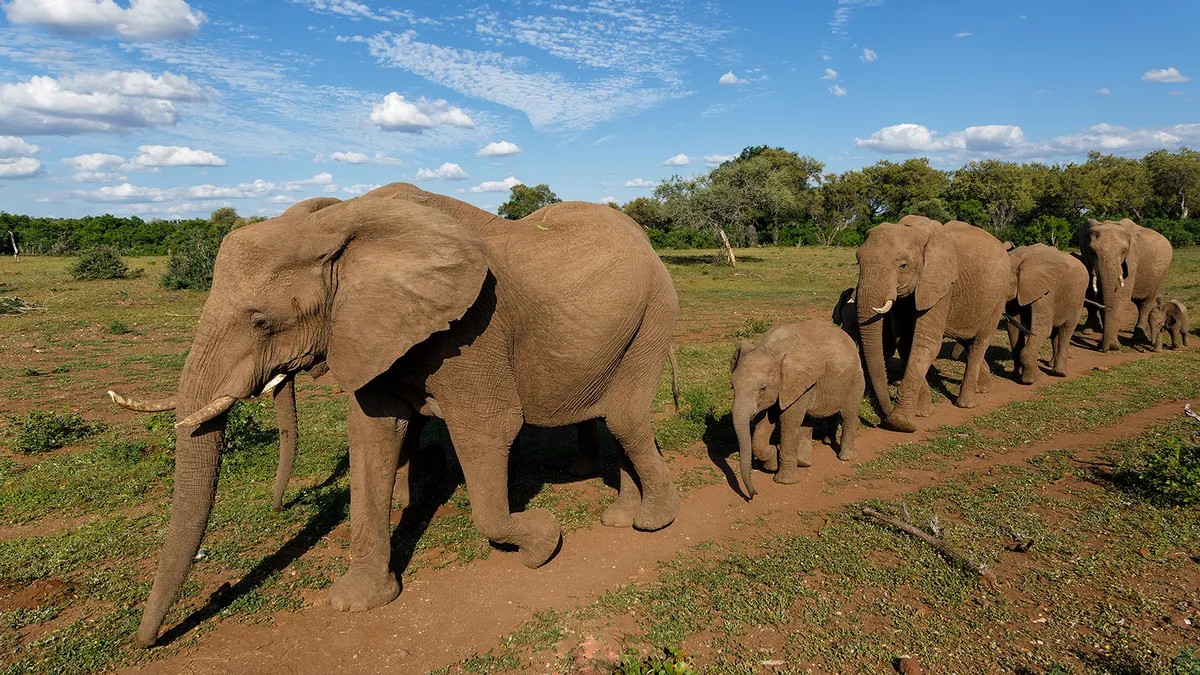Elephants, renowned for their intelligence and emotional depth, live in complex social groups known as herds. But what exactly defines an elephant herd, and why is this structure so vital to their survival?
The Matriarchal Core
Elephant herds are built around strong family bonds, primarily consisting of related adult females and their offspring. The most striking feature of these herds is leadership: the oldest and most experienced female, the matriarch, guides the group. Her profound memory is critical for locating food, water, and safe resting places across both African and Asian landscapes.
This matriarchal leadership isn’t arbitrary. It’s a system honed over generations, where accumulated knowledge ensures the herd’s survival in challenging environments.
The Role of Males: From Family to Bachelor Groups
Male elephants, or bulls, typically leave their natal herds around puberty. Unlike females who remain in lifelong family groups, males tend to wander alone or form looser associations with other bulls. These all-male groups lack the structured cohesion of female-led herds, prioritizing companionship over strict familial ties.
This separation isn’t a rejection of society, but a natural shift in priorities: mature males focus on mating opportunities and establishing dominance.
Why Herds Matter: Protection, Learning, and Emotional Bonds
Living in a herd isn’t just a matter of preference – it’s a survival strategy. Herds offer enhanced protection against predators, especially for vulnerable calves. More importantly, young elephants learn essential life skills through observation and imitation of older members.
Elephants aren’t simply intelligent; they’re deeply emotional. Herds exhibit mourning behavior when a member dies and can recognize individuals after years of separation, demonstrating the strength of their bonds.
The Mounting Threats to Elephant Society
Despite their resilience, elephant herds face existential threats: poaching for ivory, habitat loss, and escalating human-wildlife conflict. These pressures are driving many populations toward extinction, disrupting the very social structures that have allowed them to thrive for millennia.
Conservation efforts in regions like Kenya and India are crucial, with ecotourism revenue increasingly funding protective measures. However, the future of elephant herds depends on sustained, coordinated action to address these growing dangers.
The fate of elephant herds is inextricably linked to human choices. Protecting these majestic creatures requires not just conservation, but a fundamental shift in how we coexist with the natural world.
























